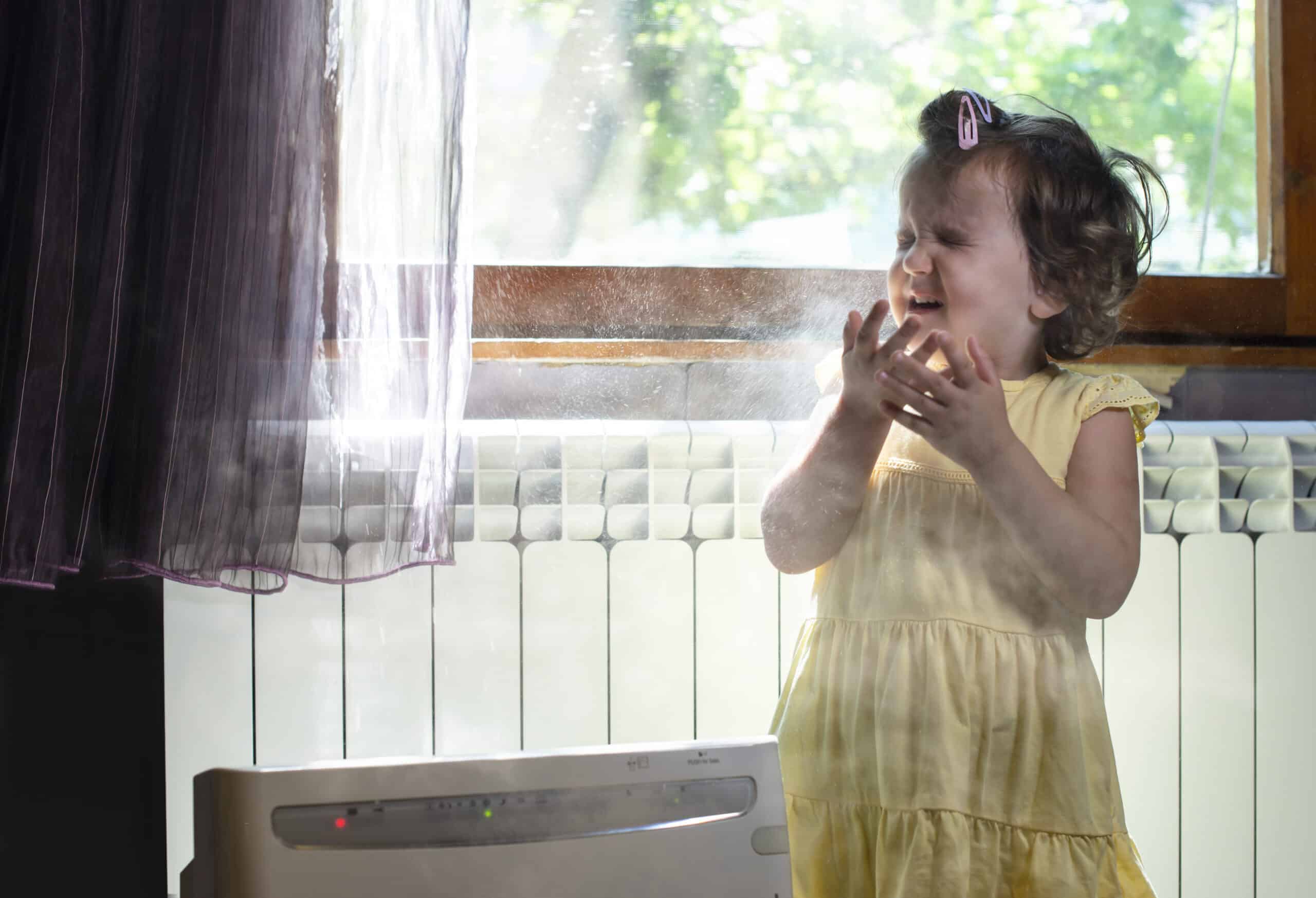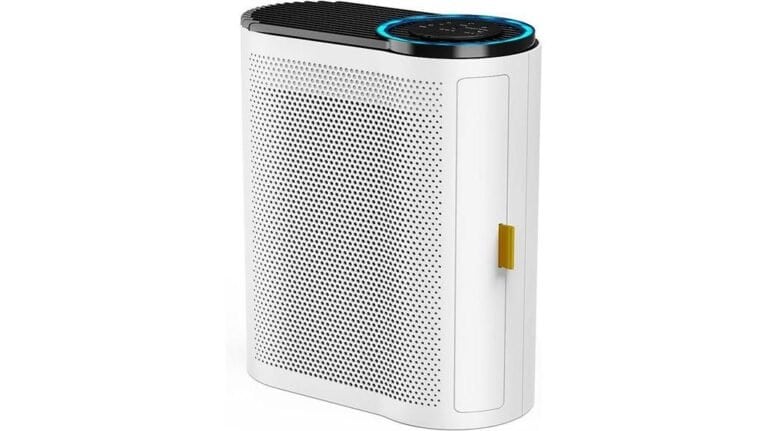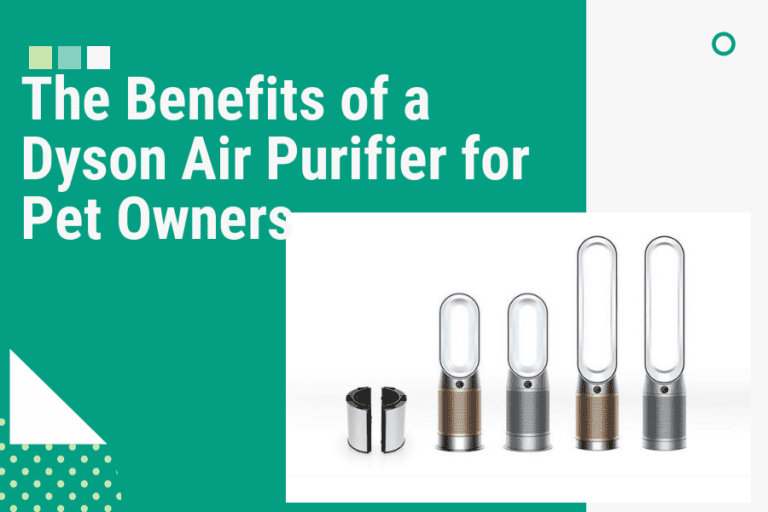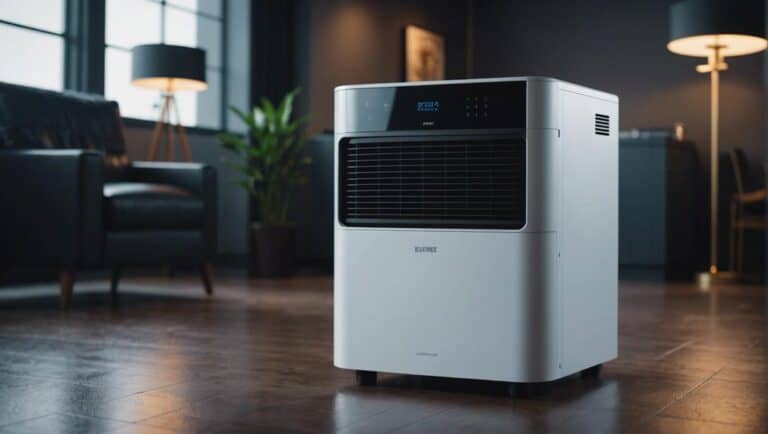how to get dust out of the air
If you’re constantly coughing, sneezing, or experiencing allergies in your own home, it may be due to impurities and dust particles floating around in the air. These contaminants can not only aggravate respiratory issues but also cling onto surfaces throughout your home causing a bigger mess than you expected.
Fortunately, getting rid of dust is easier than you might think. In this article, we’ll provide some practical tips on how to get dust out of the air and ensure that your indoor environment remains clean and healthy for you and your family.
Understanding the sources of indoor dust
Indoor dust can be a significant concern for many households, especially those with individuals susceptible to allergies or respiratory difficulties. However, understanding the sources of indoor dust can help identify potential measures for mitigation. Sources of indoor dust include shed human skin cells, animal dander, mold spores, pollen from outdoor plants, and tiny debris from household appliances such as stove tops and heaters.
Moreover, an analysis reports that harsh chemicals typically present in cleaning agents contribute significantly to indoor air pollution by releasing dangerous particles into the air. Thus it is crucial to opt for natural cleaning solutions like vinegar or unscented soap over chemical cleaners when possible. Regular maintenance activities like vacuuming carpets and curtains should also be performed regularly alongside keeping pets clean and well-groomed to minimize chances of spreading dander around the home. By prioritizing simple preventative actions against these built-up pollutants within your house space ensures healthier living indoorsfor you and your family.
Choosing the right air purifier for your home
Choosing the right air purifier for your home is crucial in ensuring that you effectively eliminate dust particles and other pollutants from the air. When looking for an air purifier, consider factors such as room size, filter type, and noise level. A HEPA filter is recommended as it can capture even the smallest of airborne particles. Also, find out how often the filters need replacing to avoid any added costs.
There are several types of air purifiers available on the market today including UV-C technology and activated carbon filters. However, before making a purchase decision ensure that it effectively removes specific contaminants you may be concerned about rather than just general dust particles. Ultimately, selecting an efficient and reliable air purifier guarantees cleaner air quality which leads to improved health outcomes for yourself and those around you.
Simple ways to improve indoor air quality
Maintaining clean indoor air is important for a healthy living environment. One of the simplest ways to improve indoor air quality is to regularly vacuum and dust surfaces such as floors, carpets, and furniture. Using a vacuum with a HEPA filter can help trap small particles that might otherwise be missed.
Another effective way to reduce pollutants in your home is by opening windows and improving ventilation. Fresh air helps circulate contaminants out of your space while allowing fresh oxygen in. Additionally, investing in an indoor plant or two can also help purify the air naturally through photosynthesis.
In conclusion, reducing impurities indoors isn’t difficult when given the right tools and strategies for success. Staying on top of cleaning tasks like regular dusting combined with improved airflow from open windows or indoor plants are simple yet effective approaches towards achieving better-quality indoor air supply.
Using natural remedies to combat dust
Using natural remedies to combat dust can be a great way to improve the air quality in your home. One effective method is to use essential oils, such as eucalyptus or tea tree oil, which have properties that help eliminate dust particles and other airborne pollutants. You can diffuse these oils throughout your home with an aromatherapy diffuser or simply add a few drops onto a cloth and wipe down surfaces.
Another natural remedy is using vinegar and water to clean surfaces. Not only does vinegar disinfect and remove bacteria, but it also helps remove dust and grime from various surfaces around your home. Adding baking soda can create an even more effective cleaning solution for tougher messes.
By incorporating these natural remedies into your cleaning routine, you can significantly reduce the amount of dust in the air and make breathing easier for you and your loved ones. Remember to always research any concerns before applying new methods within your own environment -especially if there are pets or children at home- ensuring safety measures are taken into account while experimenting with new techniques that may involve harsh chemicals not suited for them.
Maintaining a clean and dust-free home
Maintaining a clean and dust-free home is crucial for maintaining good health. Dust, dirt, and allergens can accumulate throughout your home, causing respiratory issues and aggravating allergies. Regular cleaning and proper ventilation are two important ways to keep the air in your home free of impurities.
One way to get rid of dust is by using an air purifier that effectively captures airborne contaminants. You can also reduce dust levels by keeping windows open for some time every day to allow fresh air into your home. Vacuuming regularly with a high-efficiency particulate air (HEPA) filter vacuum cleaner can help remove built-up debris from carpets, upholstery, and other surfaces where dirt accumulates.
In conclusion, making small changes in your daily routine like regular cleaning or installing an air purifying system will go long way in achieving clean indoor spaces that promote good health.
The importance of regular HVAC maintenance
Regular HVAC maintenance is essential to ensuring that the air in your home remains clean and healthy. Your HVAC system plays a crucial role in filtering out pollutants and allergens from the air, but if it’s not maintained properly, it can become clogged with dust and debris, leading to poor indoor air quality. By scheduling annual maintenance check-ups with a professional technician, you can ensure that your HVAC system is functioning at optimal efficiency and able to filter out impurities effectively.
Not only does regular HVAC maintenance help improve indoor air quality, but it also helps prolong the life of your heating and cooling equipment. Neglecting regular maintenance can lead to costly repairs or even premature replacement of the entire system. Additionally, well-maintained systems run more efficiently and use less energy which translates into lower utility bills for homeowners. With routine upkeep, you’ll be able to enjoy cleaner air while saving money on energy costs over time.
When to seek professional help for indoor air quality issues
When dealing with indoor air quality issues, it can be difficult to determine when professional help is necessary. If you have tried to improve the air quality in your home through cleaning and maintenance but continue to experience symptoms such as coughing, sneezing, or skin irritation, it may be time to consult a professional. Additionally, if there has been any remodeling or construction work done in your home that has caused an increase in dust or other contaminants, seeking professional assistance may be necessary.
It’s also important to consider the age of your home and its ventilation system. Older homes may not have adequate ventilation systems which can result in poor indoor air quality. In these cases, a professional HVAC technician can assess the situation and provide recommendations for improving ventilation and ensuring better air flow throughout your home. Ultimately, if you are concerned about the health of yourself and others within your household regarding indoor air quality issues – consulting with a qualified specialist is always recommended.







One Comment